Interview: Alessio Antoniolli, Director at Gasworks
By Something CuratedOffering a diverse programme of exhibitions, coveted artist residencies, and a cultural hub for the community, Gasworks, located at 155 Vauxhall Street, has established itself as a pioneering institution in Vauxhall. The area recently underwent a huge and slightly controversial face lift. The secret to this gallery’s long-term success comes from its ability to cultivate local and global talent. One of its recent exhibitions highlights a newcomer to London, Naufus Ramírez-Figueroa, a Guatemalan artist, who debuted his modern, sculpture-based exhibition called God’s Reptilian Finger. Gasworks Director Alessio Antoniolli has been the organisation’s Director for 10 years and worked there for nearly 18. Something Curated finds out what makes the gallery stand out, how Gasworks sources new local talent and what makes the art industry in London a cut above the rest.
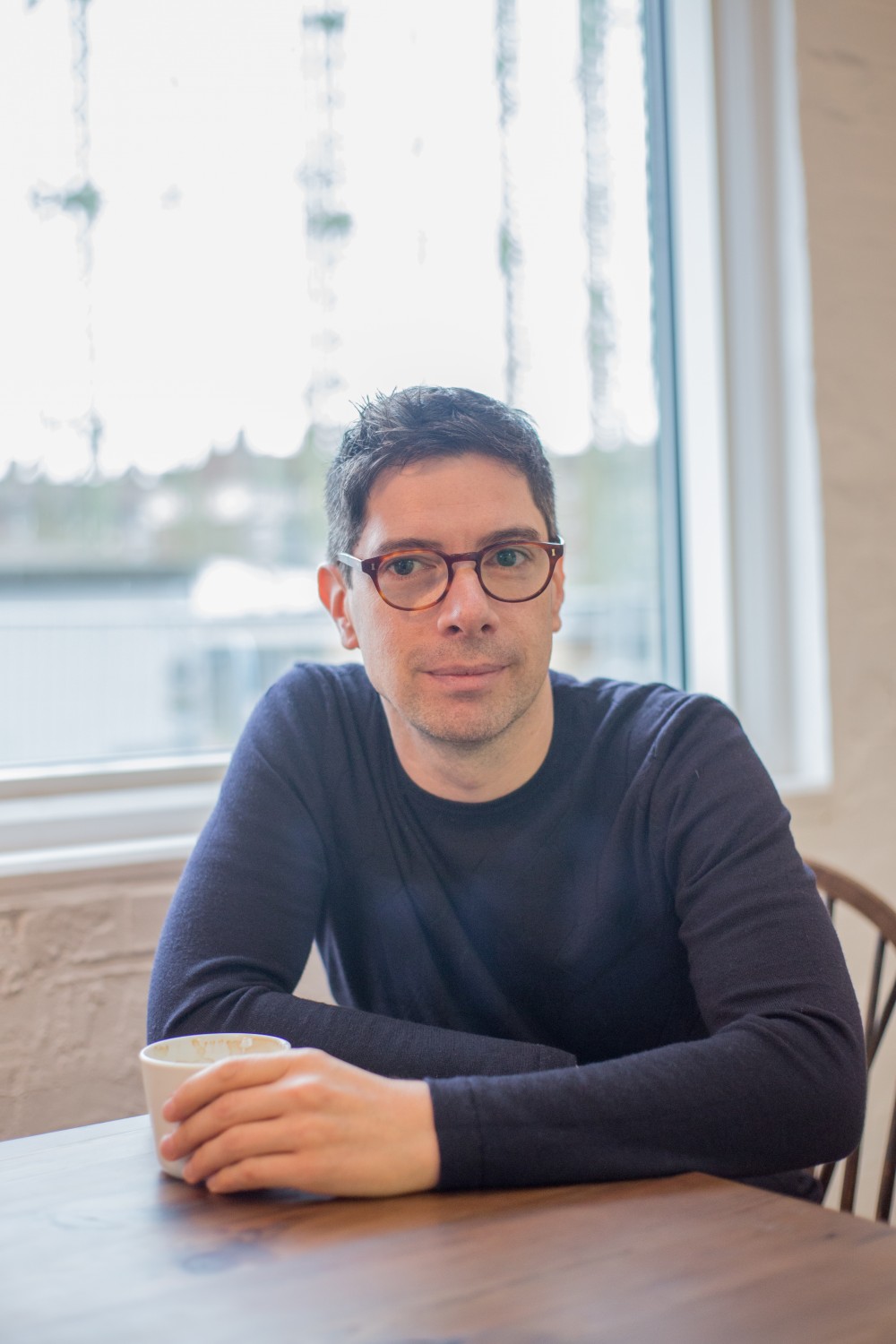
Something Curated: Tell us about your career path? What were three pivotal points in your career that have set your path to curating for Gasworks and other exhibits?
Alessio Antoniolli: While doing my Masters in Art History I became interested in the international scope of Gasworks’ programme. I proposed that I volunteered for them in return for access to their archives and first-hand accounts from artists they worked with. That was in 1998 and I have since taken on many roles within the organisation since then, including working with dozens of international partners on projects here in London and abroad. Eventually became the director here about 10 years ago.
SC: Tell us about the Gasworks space. In your own words and what makes it unique. What is the history behind acquiring the gallery space?
AA: Thinking, making, showing and discussing—Gasworks is fairly unique because it combines various spaces for contemporary art under one roof. We try to make this the cornerstone of what we offer artists who come here and in every aspect of our residencies, exhibitions, public programmes and local outreach projects. The recent history of the space is a typical London story these days; our lease was expiring and the landlord told us he was putting the building up for sale. We thought of moving somewhere else although we knew it would have been hard to find a comparable space that we could afford. We bit the bullet and fundraised to buy our home of 20 years. We reopened after major refurbishment on this past Fall and now the building’s future is secure.
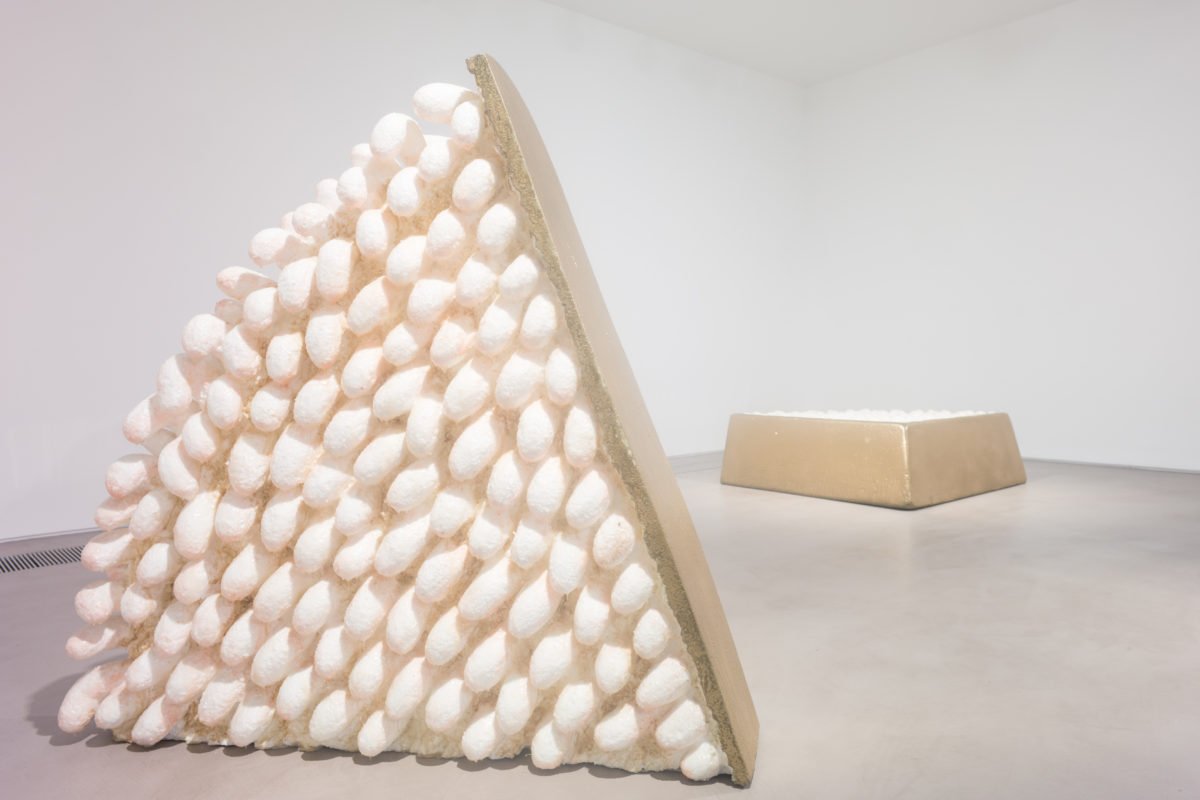
SC: Why Vauxhall? What makes this neighbourhood an amazing and ideal one for showcasing art?
AA: To be honest—it was cheap. So we grabbed it. In 1994, when Gasworks started, it was a dynamic artist-run space that didn’t have as much ties to the neighbourhood as we had wanted but it was the perfect space for artists to work alongside each other. As we grew and got more support from Arts Council England and other generous funders this began to change. Vauxhall is a really diverse area of London and we’ve always tried to create internationally-focussed programs to engage with our local community in ways that enriched the experience of both artists and people in the area.
SC: Tell us about the Naufus Ramírez-Figueroa exhibit. What do you think makes this a great exhibit to feature and what do you think show-goers will get from this exhibit?
AA: It’s been wonderful working with Naufus on his debut UK exhibit, his work is often playful and seductive and he also has great ability to question the ways history is constructed by showing the absurdity of some views that we have come to accept as truths.
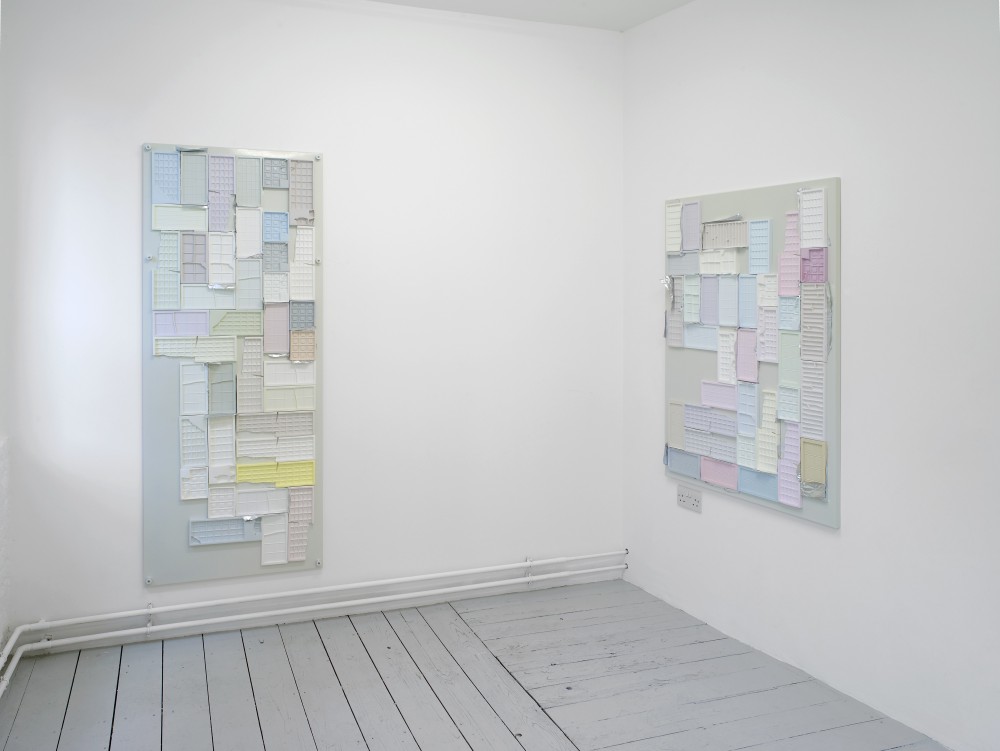
SC: What’s your selection process like? How do you select the artists you choose to exhibit?
AA: We work hard to give emerging artists the opportunity to make and show new work in London. Fresh, innovative—those are words we want our audiences to come away with when they see an exhibit.
SC: What makes artist residencies great for Gasworks?
AA: The residency programme for international artists sits alongside our studio programme for London-based artists. Gasworks houses 13 studios: nine are rented to London-based artists for up to 5 years and four are set aside for people who are accepted to the Gasworks 3-month international residency programme—which are fully-funded. Resident artists to interact with their London peers, test new ideas, research and make new work. The programme is led by process rather than product: it’s conversation-based and really allows the artist to choose to use their time in London to make the most of their stay. To be surrounded by art making, not only exhibiting, is a constant learning experience and very inspiring. We have residencies for artists from Belgium, Pakistan, Ghana and Korea, who will open their studios to the public this December and we’re happy that the Czech Centre in London and the Art Institute have generously agreed to support an opportunity for artists based in the Czech Republic next year.
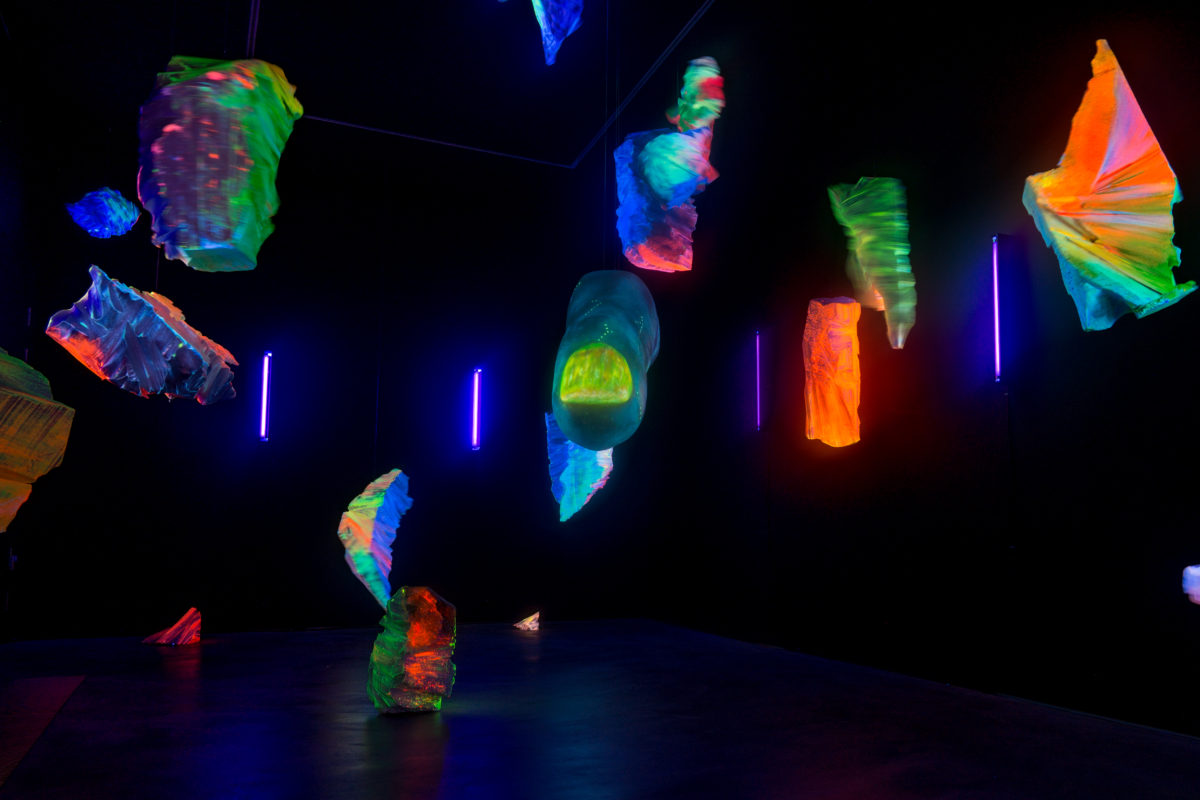
SC: How has curating in this space differ from other spaces you might have curated in the past?
AA: Every space has its own opportunities and restrictions. Asking artists to create new work for Gasworks means that there are a lot of conversations that happen at every stage of the thinking and creating work. I find this extremely stimulating.
SC: What are some of the best independent art spaces in London in your opinion (other than your own)?
AA: London has such a huge and fantastic variety of art spaces with distinct identities, we forget sometimes how lucky we are to have all this on our doorstep. It’s difficult to name some spaces and neglect others but I would mention the members of Common Practice which include Studio Voltaire, Chisenhale, Showroom and Matt’s Gallery; who are some of the major champions of the emerging art scene in the city.
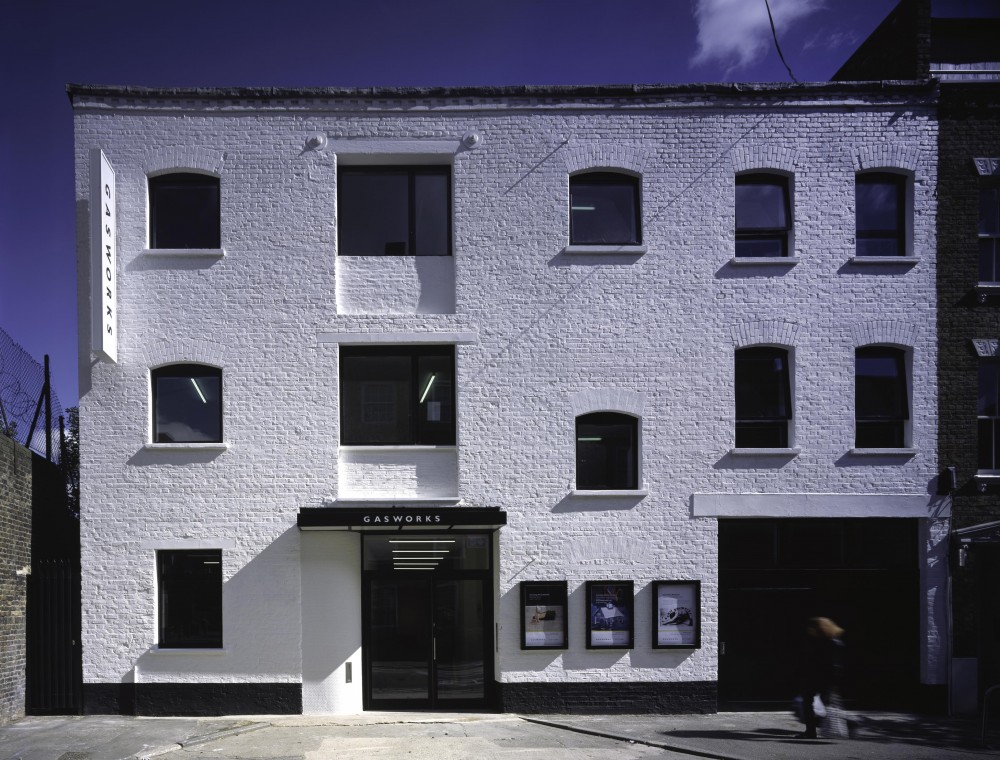
SC: What do you hope visitors take away from Gasworks when they come to a show here?
AA: We would love it if visitors were fascinated and intrigued by the themes of the exhibition and amazed by the execution of the work. Hopefully the experience stays in their mind and makes them want to know more about the artist, the ideas and Gasworks.To me that’s what makes a successful exhibition.?
SC: What does London offer the art community compared to other cities? What does it offer Gasworks that you think is special?
AA: Travelling is a huge source of inspiration and it’s hard for me to single a place out. Saying that, I learn a lot from other art spaces, mainly arts organisations and artists collectives. Spaces like Lugar a Dudas or collectives like Helena Producciones in Colombia are a constant source of inspiration for my work.

SC: What do you do to stay inspired? Tell us about something you do for yourself or for friends that keeps you happy and gets you going.
AA: Eating with friends and seeing exhibitions are two of my favourite things and keep me going. I don’t really drink much so trash TV is definitely the best way for me to unwind.
SC: Where do you live in London?
AA: I have been a South Londoner for nearly two decades and live a short bus ride from Gasworks. The short distance avoids hours of commute but often means I overstay at work.
Interview from November 2015